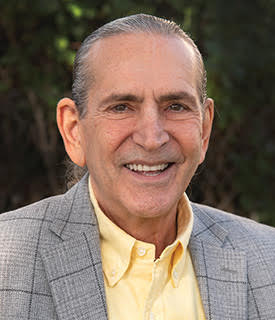History
The idea of Harm Reduction started in the early 90’s. Harm reduction programs such as needle exchanges is what really caught the public’s attention. In a needle exchange program, users could bring their used needles in exchange for new ones. The idea behind needle exchange and harm reduction is to meet the addiction on its level and try to make it safer.
The exchange program ensured proper disposal of used needles and prevented sharing needles and the spreading of disease. Although some viewed providing needles as encouraging the addiction, the principle behind a needle exchange program is to try and reduce the dangers and harm, such as HIV and Hep C, that accompany drug use.
The harm reduction approach is non-judgmental, aware of the difficulties of addiction, and tries to encourage a spectrum of safety. Today, harm reduction has grown beyond needle exchange programs and can be found throughout the nation.
Overdose Protection
All drug use is dangerous and has adverse health effects, but overdose of a drug can be deadly. With some drugs, such as heroine and other opiates, overdose can be prevented and even halted. Naloxone is an antidote to opiate overdose. Naloxone, also known as Narcan, or a Narcan pen can be bought over the counter in most states. First responders and even some lay people carry naloxone on their person. Some harm reduction programs encourage users of opiates to always have naloxone around when using, to prevent overdose and death.
Another intervention is the use of fentanyl test strips. Fentanyl test strips were originally used to test urine for drugs. However, users can now use fentanyl test strips to test if fentanyl is present in their heroine or even meth. Fentanyl has increasingly become more present in drugs and led to an increase of overdose over the years. The hope is that by testing drugs for fentanyl this will encourage users to not use the drug if it is present, or if they still use the drug to do so slower, with others present, or with naloxone at the ready.
Get Connected
Throughout the nation there are various organizations, non-profits, and groups that focus on harm reduction. Each harm reduction program offers resources and support to the people of their area and the prevalent needs. Although drug use is an issue, HIV, Hep C, and overdose does not need to be and can be minimized by safer use.
Indeed, abstinence and total recovery is the ideal, but it is important to meet the addiction “where it’s at.” Implementing any amount of safer practice is better than none. It is always best to find greater support from a professional substance abuse counselor that can provide further guidance and help individuals increase their safety and the safety of others.
[divider style=”empty” margin_top=”40px” margin_bottom=”0px”]
[divider style=”empty” margin_top=”20px” margin_bottom=”0px”]
Struggling with Substance Abuse?
Get in touch with a trained medical professional who can who can provide guidance.
[button color=”black” custom_color=”#ffffff” font_color=”#000000″ link=”https://sandiegopsychiatrist.com/contact/”] Contact us[/button]
[divider style=”empty” margin_top=”60px” margin_bottom=”0px”]
Source:
https://harmreduction.org/
























